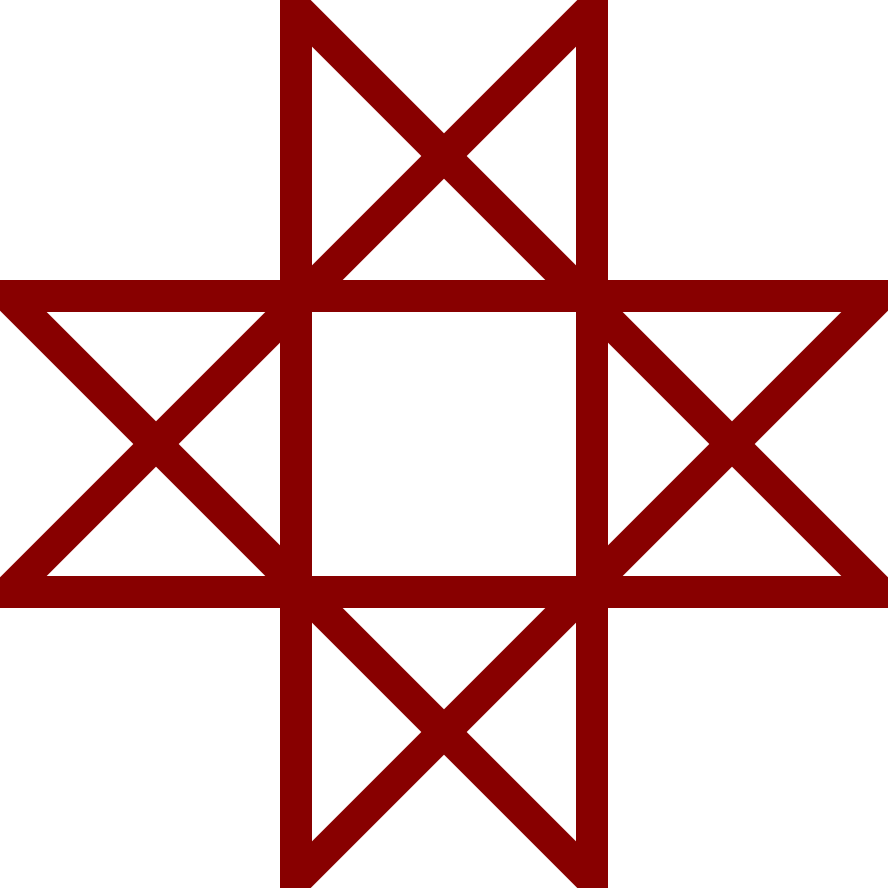The world has a lot of different standards for a lot of things, but I have never heard of a place with the default screw thread direction being opposite.
So does each language have a fun mnemonic?
Photo credit: https://3.bp.blogspot.com/-Giy8OrYJTjw/Tfm9Ne5o5hI/AAAAAAAAAB4/c7uBLwjkl9c/s1600/scan0002.jpg
I do not know of one in hungarian.
The right oppresses, the left liberates

Lmao
Ah yes the famed spaniard mao
In Dutch we have DROL, Dicht recht, open links. So close right, open left as a very strict translation. But DROL is also Dutch for turd.
A droll factoid.
Never heard of that, I just remembered from my dad that clockwise is tight and counterclockwise is loose.
Same here, except for my dad, he is clumsy as hell.
Huh, I always say links los, rechts rotsvast
I remember it as right hand screw rule
We have that in Gujarati “navde nokhu satde sajjad”
Google translated it as “Nine days and seven days are tight”.
Does that sound like a good translation to you?
No it’s more like “lose like nine and tight like seven”. It works because of the way Gujarati numerals are structured.
That’s interesting, thank you. I didn’t know anything about Gujarati, this is a cool opportunity to learn!
The only one I know of is “open counter clockwise”, but after consuming too much media in English I use “righty tighty…”.
I use “Clock-in, counter-out”
In austrian german dialect, “Mit da Ua, draht ma zua.” which in standard german would be “Mit der Uhr, dreht man zu.” and in english “With the clock, turn it closed.” or something like that.
Da scheißt di au!
Neat. Would be engineering related lol
In English, there’s also “clockwise-lockwise”. It makes more sense than talking about left and right.
“Lefty Loosey righty tighty”
One arrow points up to the left, one points down to the left.
It’s about direction of rotation, does the wrench turn left or turn right, there isn’t the same notion of up and down / in and out because that portion happens when the bolt or nut turns. Also, anything rotation is moving the opposite direction on the other side of the rotation, so if you have to tighten a screw that turns towards you it’s the opposite
Not really a mnemonic in German, but I once learned how to remember of the moon was in first or third quarter by comparing the form of the crescent with the Vereinfachte Ausgangsschrift cursive letters “a” (abnehmender Mond, first quarter crescent) and “z” (zinehmender Mond, third quarter crescent). The same applies to screws watching from the top, cursive “a” is for “auf” (open) and “z” for zu (close). By reading the comments, this is somewhat the closest you get to your mnemonic.
I just have it in muscle memory to know which way soda bottle cap tightens
DROL: Dicht Rechts, Open Links.
I think I just prefer Links Los, which implies that the other way tightens.
Dutch, BTW.
If japanese has one, I’ve never heard it. Japanese wife hasn’t either. She was surprised it’s a thing. She saidaybe tradesmen might, but certainly nothing everyone knows
saidaybe?
Yugunnabethawunthatsavemeee
Probably a typo of “said maybe”
Or a typo of “you’re gonna be the one that saves me”
Though that’s admittedly somewhat less likely.
Though admittedlyafter all
Yes, very likely.
Just another instance where AI said fuck this, I ain’t correcting that today.
My dude, look at my post history. I actually noticed it and though “eh, I’ll fix it later” since my wife had finished her coffee and we wanted to free up a table for the people waiting at the cafe.
So when someone changes a light bulb, which direction to turn is just a feeling in their bones?
That’s fair.
Japanese usually just say 時計回り (clockwise) or counter-clockwise
Solang das Deutsche Reich besteht, wird die Schraube rechts gedreht.
That’s a lot of extra words for lefty loosely, righty tighty.
And how are we supposed to turn screws nowadays?
I guess we’re screwed
Your screwdriver subscription has expired.
Please renew your subscription today!
Wenn das der Kaiser wüsste!
Don’t you dare give them ideas
Gas valves famously use the opposite direction
Propane, but I’m pretty sure natural gas uses regular NPT.
One mnemonic is to imagine yourself opening a jar.
Your door is a jar.
Is it a jar of jam or jelly?
I use the right hand rule - ball up your fist with your thumb sticking out, and turning in the direction of your fingers curling will result in the screw going the rest your thumb points.
Right hand for right-handed threads and left hand for left-handed. If unsure, it’s most likely right-handed.
The assumption in this whole post is that it’s right-thread, since left is so uncommon.
Me learning this about electromagnetism: huh, neat.
Me learning this about something I actually use in day to day life: 🤯
It’s especially helpful when you’re looking at screws (or nuts!) from the back or any other weird frame of reference.












